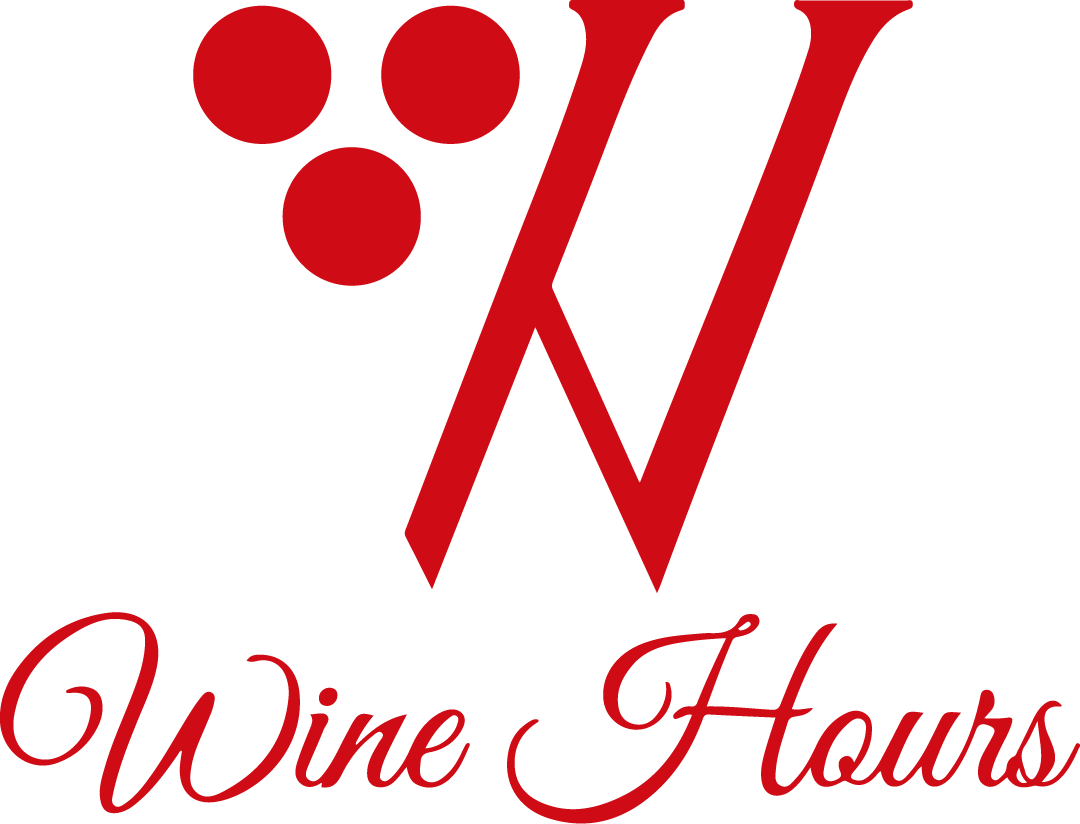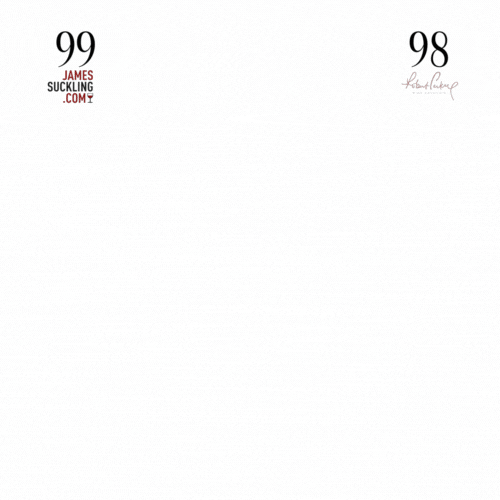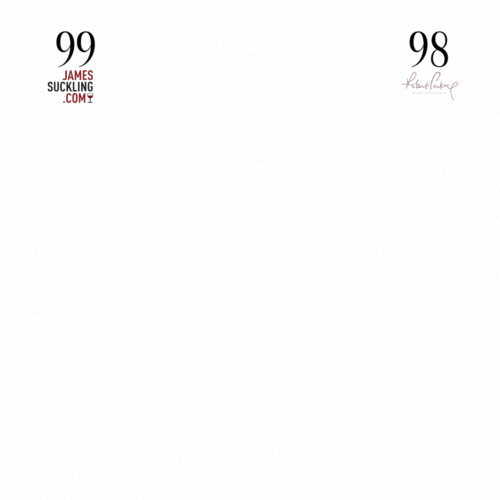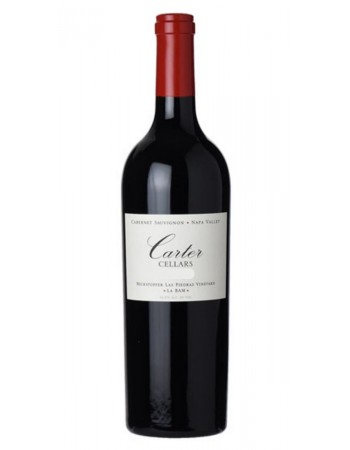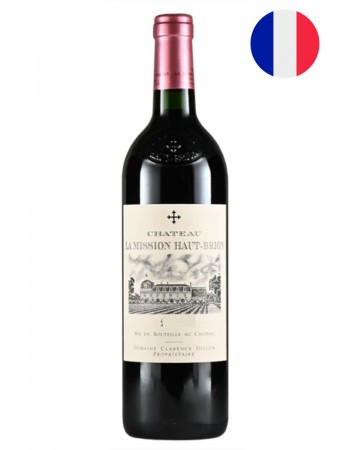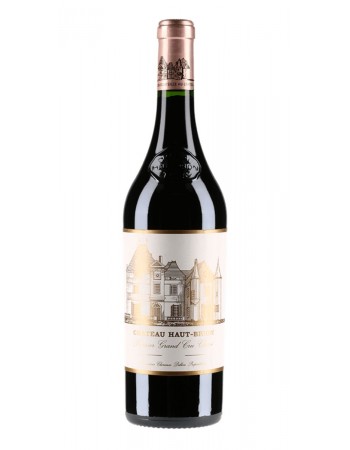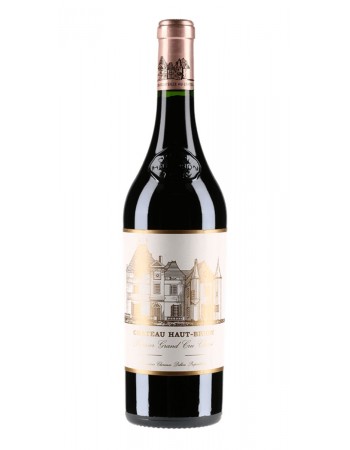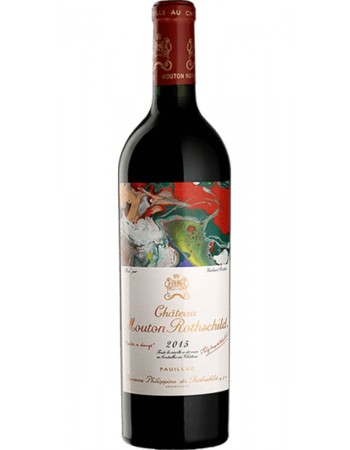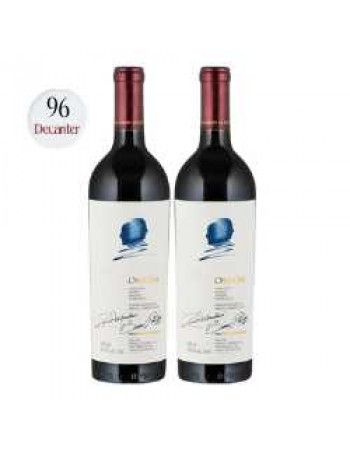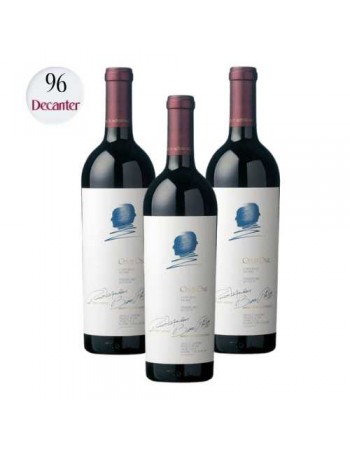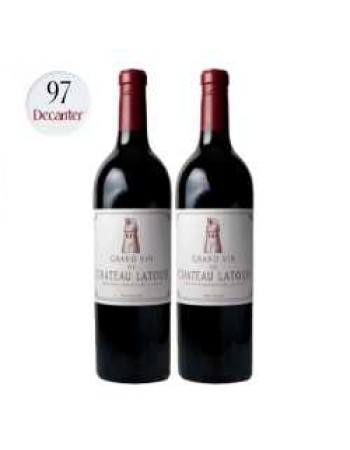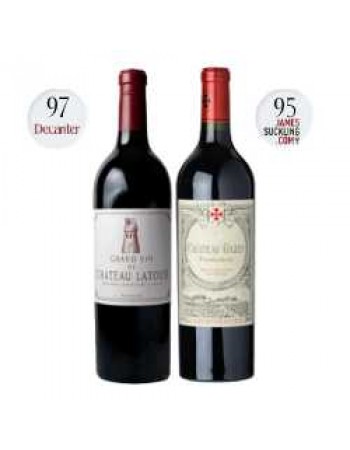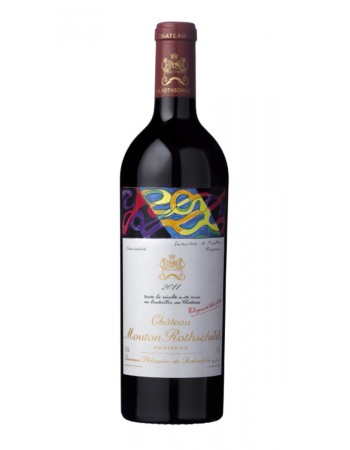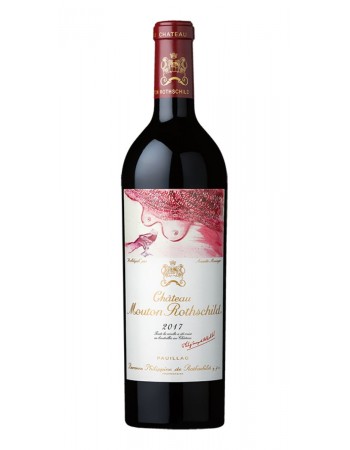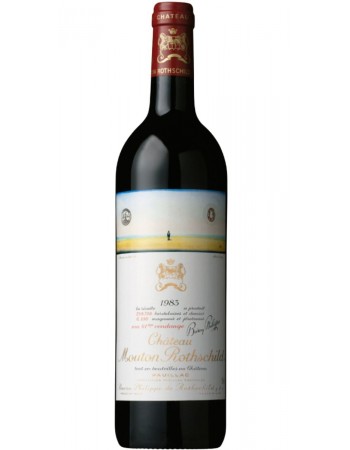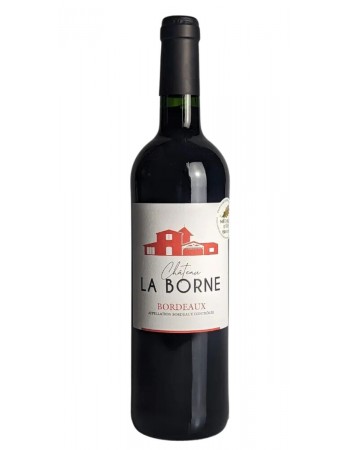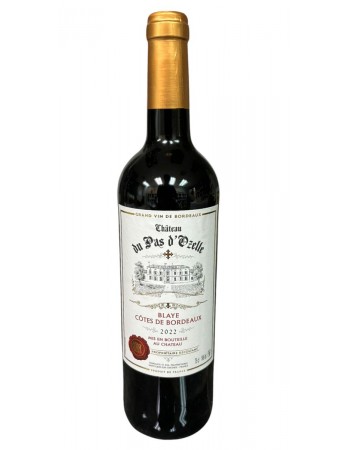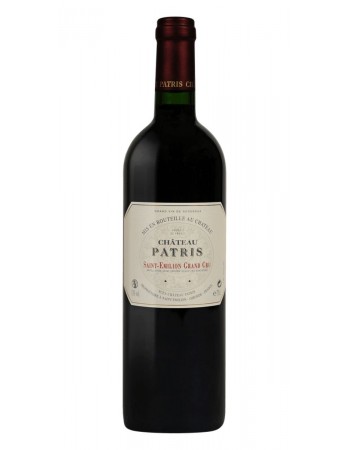[New Arrival] 2017 Chateau Latour (3 Bottle Case - Standard Bottles Original Wood)
-
S$2,33288

ETA June 2024
Vintage: 2017
Region: Pauillac, Bordeaux
Country: USA
Winemaker Notes
The 2017 Latour is a blend of 92.1% Cabernet Sauvignon, 7.8% Merlot and 0.1% Petit Verdot with 13.3% alcohol and an IPT of 66. Deep garnet-purple in color, it starts off a little broody before exploding from the glass with powerful scents of ripe blackcurrants, blackberry pie and preserved black cherries plus touches of cedar chest, fenugreek, cumin seed and charcoal with emerging wafts of violets, dark chocolate, star anise and fertile loam. Medium-bodied, this may be one of the most elegant, great Latours ever, revealing layer upon layer of fresh, crunchy black fruits with a vast array of exotic spice and floral nuances, framed by super ripe, super fine-grained tannins, finishing very long with mineral sparks coming through. This is so nuanced and perfumed that I imagine, in 50 years, this wine could be mistaken for a great red Burgundy. Lisa Perrotti-Brown
About Winery
At the beginning of the eighteenth century, Chateau Latour started to be highly recognized around the world, thanks to the reconquest of the British market and the development of the wine business in Northern Europe. The aristocracy and other wealthy groups of consumers became very enthusiastic about a few great estates, of which Latour was one. And that was how Thomas Jefferson, ambassador of the United States in France, and future President, discovered this wine in 1787. At that time, a cask of Chateau Latour was already worth twenty times as much as one of ordinary Bordeaux wine.
The reputation of Chateau Latour was consolidated during the 19th century. It was confirmed in 1855, when the government of Napoléon III decided to classify the growths of the Médoc and the Graves for the International Exhibition in Paris: Chateau Latour was classified as a First Growth. The existing chateau was built during this "Golden Age", between 1862 and 1864.
Château Latour is one of Bordeaux's – and the world's – most famous wine producers. It is situated in the southeast corner of the Pauillac commune on the border of Saint-Julien, in the Médoc region. Rated as a First Growth in the 1855 Bordeaux Classification, it has become one of the most sought-after and expensive wine producers on the planet, and produces powerfully structured Cabernet Sauvignon-dominant wines capable of lasting many decades.
Typically for the region, Cabernet Sauvignon dominates in the vineyard, accounting for around 80 percent of plantings. Merlot makes up most of the remainder, and there are also small amounts of Cabernet Franc and Petit Verdot.
Winemaker Notes
The 2017 Latour is a blend of 92.1% Cabernet Sauvignon, 7.8% Merlot and 0.1% Petit Verdot with 13.3% alcohol and an IPT of 66. Deep garnet-purple in color, it starts off a little broody before exploding from the glass with powerful scents of ripe blackcurrants, blackberry pie and preserved black cherries plus touches of cedar chest, fenugreek, cumin seed and charcoal with emerging wafts of violets, dark chocolate, star anise and fertile loam. Medium-bodied, this may be one of the most elegant, great Latours ever, revealing layer upon layer of fresh, crunchy black fruits with a vast array of exotic spice and floral nuances, framed by super ripe, super fine-grained tannins, finishing very long with mineral sparks coming through. This is so nuanced and perfumed that I imagine, in 50 years, this wine could be mistaken for a great red Burgundy. Lisa Perrotti-Brown
About Winery
At the beginning of the eighteenth century, Chateau Latour started to be highly recognized around the world, thanks to the reconquest of the British market and the development of the wine business in Northern Europe. The aristocracy and other wealthy groups of consumers became very enthusiastic about a few great estates, of which Latour was one. And that was how Thomas Jefferson, ambassador of the United States in France, and future President, discovered this wine in 1787. At that time, a cask of Chateau Latour was already worth twenty times as much as one of ordinary Bordeaux wine.
The reputation of Chateau Latour was consolidated during the 19th century. It was confirmed in 1855, when the government of Napoléon III decided to classify the growths of the Médoc and the Graves for the International Exhibition in Paris: Chateau Latour was classified as a First Growth. The existing chateau was built during this "Golden Age", between 1862 and 1864.
Château Latour is one of Bordeaux's – and the world's – most famous wine producers. It is situated in the southeast corner of the Pauillac commune on the border of Saint-Julien, in the Médoc region. Rated as a First Growth in the 1855 Bordeaux Classification, it has become one of the most sought-after and expensive wine producers on the planet, and produces powerfully structured Cabernet Sauvignon-dominant wines capable of lasting many decades.
Typically for the region, Cabernet Sauvignon dominates in the vineyard, accounting for around 80 percent of plantings. Merlot makes up most of the remainder, and there are also small amounts of Cabernet Franc and Petit Verdot.
99 James Suckling,
98 Wine Advocate,
98 Decanter,
96+ Jeb Dunnuck,
97 Vinous (A. Galloni),
98 Jane Anson,
98 The Wine Independent (L. Perrotti-Brown),
98 Wine Spectator
